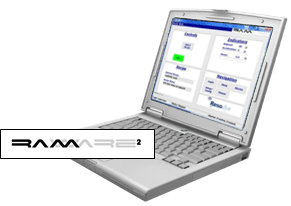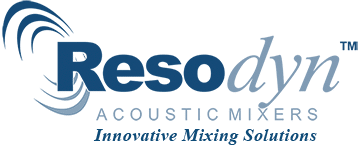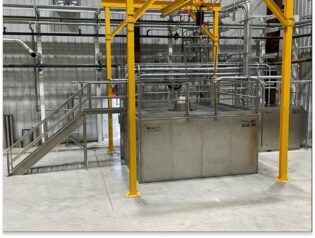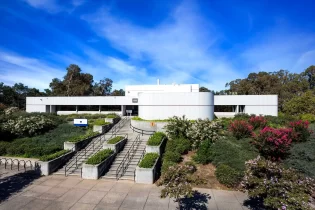 BUTTE, MT - Resodyn Acoustic Mixers announced the completion of its initial launch distribution of RAMware2 operating software for LabRAM ResonantAcoustic® Mixers. Installation and Operations documentation was distributed throughout North America, and locations throughout Europe and Asia.
BUTTE, MT - Resodyn Acoustic Mixers announced the completion of its initial launch distribution of RAMware2 operating software for LabRAM ResonantAcoustic® Mixers. Installation and Operations documentation was distributed throughout North America, and locations throughout Europe and Asia.
RAMWare2 provides a software interface for controlling a LabRAM. It is a complete redesign of first generation RAMWare. The biggest change, besides appearance, is the addition of Acceleration Tracking. Acceleration Tracking closes the control loop on the RAM operations. Instead of setting Power the user sets an acceleration setpoint.
ResonantAcoustic® Mixing (RAM) and the Acceleration Concept.
The primary parameter that creates mixing by the ResonantAcoustic Mixing® (RAM) technology is Acceleration. As such, Acceleration Tracking is the key feature of RAMware2 software for LabRAM. The relationship between mixing and Acceleration is a scalable mixing parameter and extends across the entire RAM family of products.
For background, the unit of measure of acceleration in the International System of Units (SI) is meters per second squared, or m/s2. To help distinguish acceleration relative to free-fall – the focus here – from simple acceleration (rate of change of velocity), the unit g (or g) is often used. One g is the acceleration due to gravity at the Earth’s surface and uses the standard gravity symbol: gn, defined as 9.80665 meters per second squared.
The correct level of Acceleration, or g creates the optimal micro-mixing zones that liquids and viscous materials require, and creates the chaotic collision phenomenon applied to mix solids and powders. The process of determining this optimal Acceleration, or g’s to obtain the best mixing is an iterative one, arrived at through observation, optimization, and product quality testing.
Further, Acceleration or g is the primary reason that RAM technology effectively scales from the LabRAM level to industrial application mixers, such as RAM 5 and RAM 55.
What this means to LabRAM users, especially those upgrading to RAMware2, is that guessing at the right Acceleration or g is no longer a variable in the process, nor is watching the Acceleration or g value fluctuate based on a fixed power setting.
RAMware2 now gives LabRAM users the ability to set the optimal level of Acceleration or g for the materials being mixed, while RAM technology manages the power necessary to achieve and maintain that optimal level.
For more information, or to order your FREE set of RAMware2 software and documents, contact Resodyn Acoustic Mixers.
















